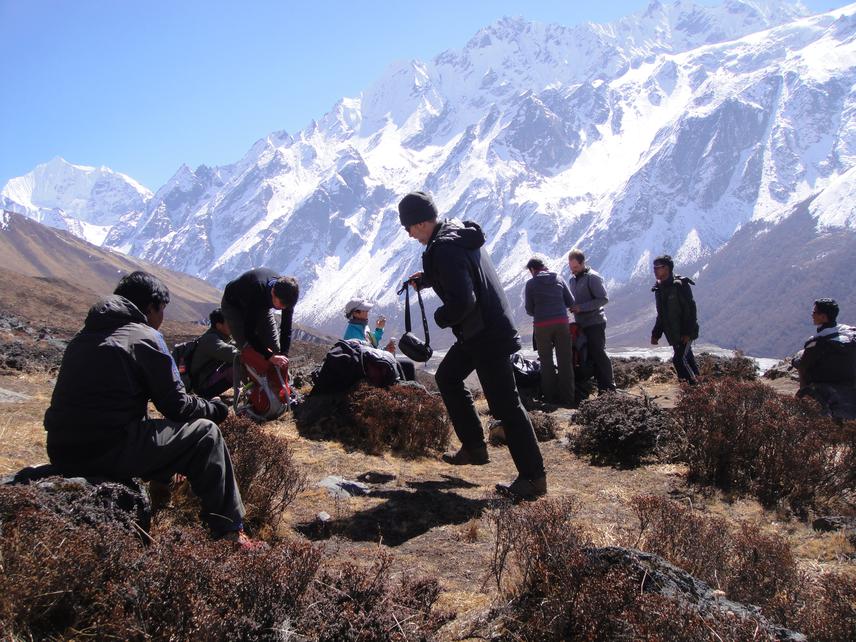Kamal Thapa
Other projects
11 Jan 2013
Conflict, Conservation and Resource Use in Protected Areas: Case Study from Annapurna Conservation Area and Parsa Wildlife Reserve, Nepal
1 Jul 2014
Assessment of Benefits and Evaluation of Ecosystem Services in Langtang National Park, Nepal
Importance of protected areas (PAs) are well recognized around the world for its role in biodiversity conservation. Apart from conservation role, they also meet socio-economic development objective and offer opportunity for nature-based recreation and tourism. However, local and indirect cost of PA management such as human-wildlife conflict, reduced access to natural resources and over visitation in some protected areas remains a challenge and Nepal is no exception to it. The relationship between local people, nature-based tourism and protected area is complex. This study aims to characterise and understand the relationship between local people, nature-based tourism and protected areas from two geographical region of Nepal.

Protected areas (PAs), such as national parks and wildlife reserves, are established to conserve biodiversity. Protected areas also yield economically valuable goods and services from natural, social and cultural capital (CBD, 2020) and are common destinations of nature-based tourism. Environmental and socio-economic benefits to local people in terms of livelihoods support and poverty eradication are two of the most sought after outcomes of PAs (Andam et al., 2010; den Braber et al., 2018; Ezebilo & Mattsson, 2010; Heinen, 1993; Merriman et al., 2018), yet they have also been shown to result in environmental and social costs (Eustace et al., 2018; Ferraro, 2002; Hariohay & Røskaft, 2015; Studsrød & Wegge, 1995; Vedeld et al., 2012; West et al., 2006). Therefore, the attitudes of local people can be both positive and negative because of the positive and negative impacts caused by PAs to society (Abukari & Mwalyosi, 2020; Allendorf, 2007; Clements et al., 2014; Dewu & Røskaft, 2017; Heinen, 1993; Htun et al., 2012; Kharel, 1997; Kideghesho et al., 2006; Mishra, 1982; Tamang & Baral, 2008).
The acceptance and positive attitude of local people living around PAs is the key success factor in protected area management. While tourism contributes to economic activities in the protected area region, it also brings environmental problems (Banskota & Sharma, 1998; Salerno et al., 2013). Therefore, it is necessary to minimize the local cost and/or negative impact of PAs to foster positive attitudes. It is also important to consider the types and distribution of costs and benefits and the factors that determine costs and benefits to improve protected area management and strengthen park-people relationship for long term survival of both.
This work is going to contribute in achieving sustainable protected area management by addressing environmental, economic and social aspects of protected area management. This research will answer the following key research questions:
RQ 1. What are the types and distribution of socio-economic costs and benefits generated by protected areas?
RQ 2. What are the environmental impacts of nature-based tourism in protected areas?
RQ 3. Are local perceptions of protected areas and tourism is influenced by the costs and benefits of protected areas?
RQ 4. Can protected areas rely on visitor fees in funding protected area management and buffer zone development?